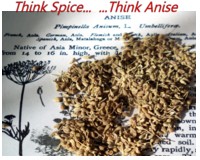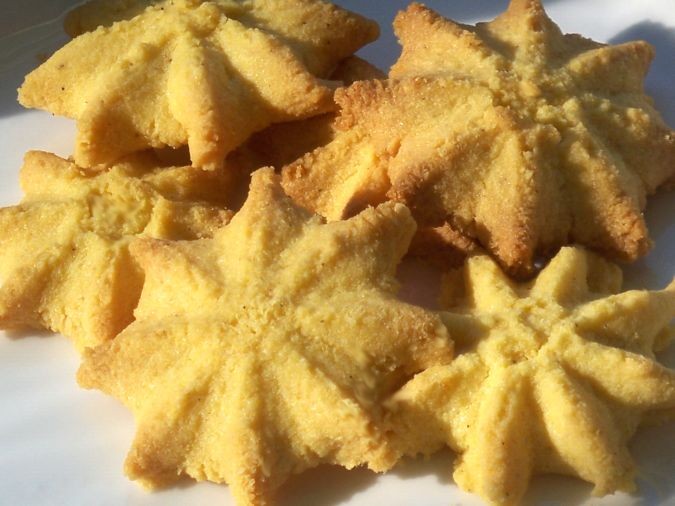
Mildly spiced gingerbread cookies
 Simona of Briciole and Lisa of Champaign Taste are hosting a new edition of their wonderful seasonal blog event, Novel Food. It is one of my absolute favorites since it pairs literature and food. This time, it was really difficult to choose which literary work to feature between two that I particularly like.
Simona of Briciole and Lisa of Champaign Taste are hosting a new edition of their wonderful seasonal blog event, Novel Food. It is one of my absolute favorites since it pairs literature and food. This time, it was really difficult to choose which literary work to feature between two that I particularly like.
Since this is the winter edition, I finally opted for a short story by O. Henry, one of my absolute favorite American writers. The short story is “The Gift of the Magi” and illustrates the theme of gift-giving: at the end, the author shows what is, in his view, the wisest gift to give, independently of what money can—and cannot—buy.
I won’t reveal anything else, since the story is short and well worth reading. I read it for the first time when I was nine years old, and its implications deeply struck me then—now, almost three decades later, I am still moved by it, even if in somewhat different ways.
The characters of the story are a young married couple, Della and James Dillingham Young, and you can see them portrayed above in gingerbread dough and white icing.
The time is around Christmas, the setting a big American city, but the theme transcends any specific time and place and is ultimately about the essence of human love.
here is a short excerpt:
Della finished her cry and attended to her cheeks with the powder rag. She stood by the window and looked out dully at a grey cat walking a grey fence in a grey backyard. To-morrow would be Christmas Day, and she had only $1.87 with which to buy Jim a present. She had been saving every penny she could for months, with this result. Twenty dollars a week doesn’t go far. Expenses had been greater than she had calculated. They always are. Only $1.87 to buy a present for Jim. Her Jim. Many a happy hour she had spent planning for something nice for him. Something fine and rare and sterling — something just a little bit near to being worthy of the honour of being owned by Jim.
Even if there is one specific food mentioned in the story, chops, I took the liberty of choosing gingerbread instead. The following recipe produces a wonderful dough, very easy to work with, mildly spiced and sweet.
From the original recipe by Hannah Widdifield
In: “Widdifield’s New Cook Book: Practical Receipts for the Housewife”, 1856—USA
Ingredients:
1-1/4 lbs AP flour
1/2 lb. dark brown sugar
1/4 lb butter
1/2 tbsp ground ginger
1/4 tsp cinnamon
1 yolk
1/2 cup milk
1/2 tbsp baking soda
Icing:
1/2 lb confectioner’s sugar
lemon juice as needed
1 egg white as needed
Sift flour, spices, and sugar. In a mixer, on low speed, mix butter with flour mixture until it resembles wet sand. Add yolk and mix briefly. Dissolve baking soda in milk and add to mixer bowl. Switch to the dough hook and knead the mixture on low speed for 5-7 minutes, until the dough forms and is smooth and supple. Let the dough rest, covered, for at least 30 minutes.
Meanwhile, preheat the oven to 300F. Take about 1/4 of the dough and knead it briefly by hand, then roll it rather thin and cut the cookies. Place the cookies on an ungreased cookie sheet (preferably insulated) and bake for about 15-18 minutes. Let the cookies cool on a rack—they will be soft and crumbly while hot but will turn crunchy as soon as the cool.
Make the icing by mixing powdered sugar with a few drops of lemon juice and a bit of egg white, just enough to have a stiff paste that can be piped, and decorate the cookies.






















